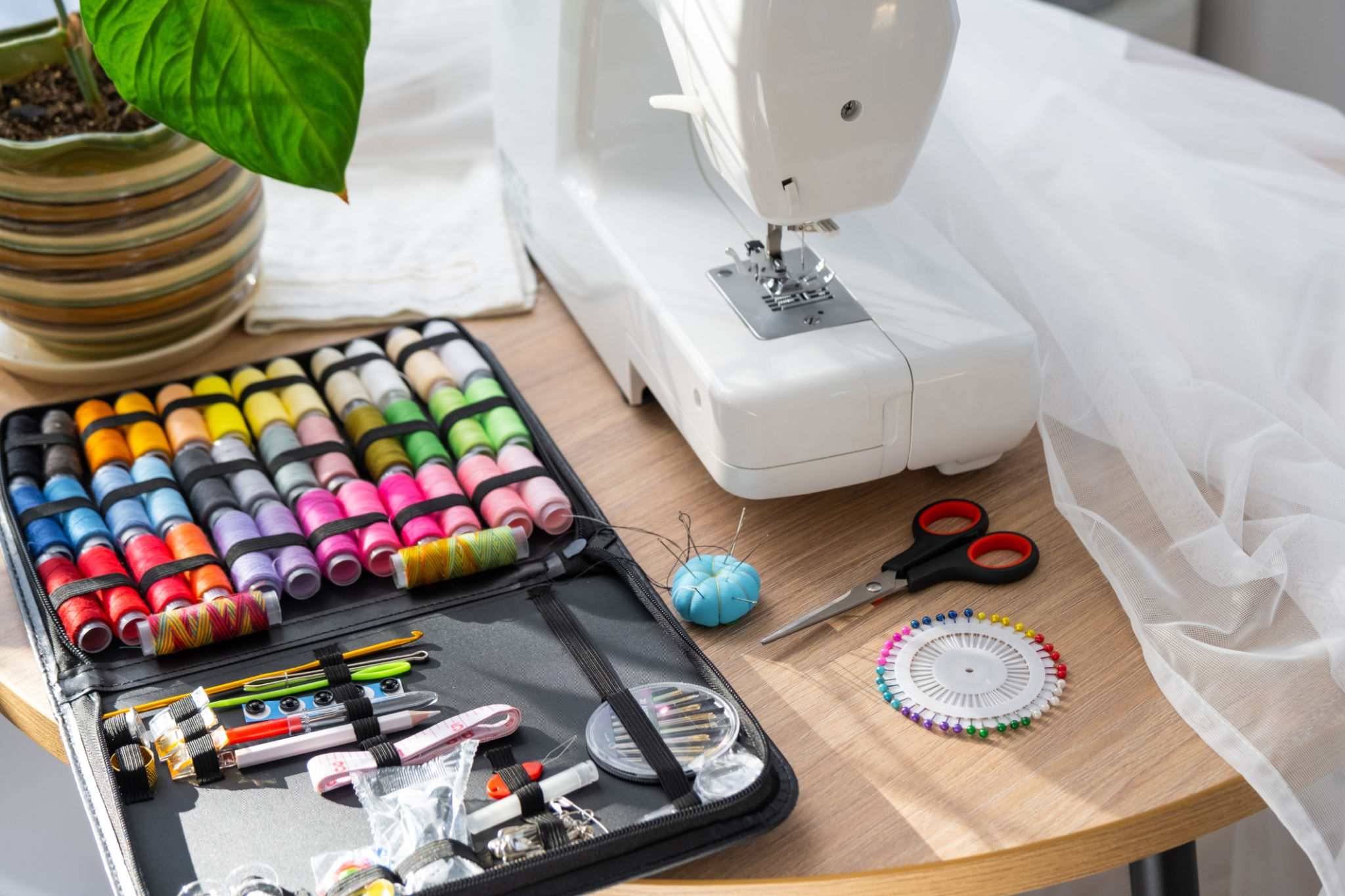DIY Tips for Basic Sewing Machine Repairs Before Calling a Mechanic
Understanding Your Sewing Machine
Before diving into repairs, it's crucial to understand the basic components of your sewing machine. Familiarize yourself with parts such as the needle, bobbin, presser foot, and tension discs. Each component plays a vital role in the machine's operation. Recognizing where these parts are and their functions can help you identify issues more effectively.
It's also important to refer to your sewing machine's manual. This document can provide invaluable insights into your specific model's setup and common troubleshooting tips. If you don't have a physical copy, you can often find PDFs online from the manufacturer's website.

Common Issues and Quick Fixes
Many sewing machine problems are minor and can be fixed at home with a little patience. Here are some common issues and their solutions:
- Thread Bunching: If you notice thread bunching underneath your fabric, re-thread both the top thread and bobbin. Ensure the threads are correctly positioned in the tension discs.
- Skipped Stitches: Skipped stitches can often be resolved by replacing a dull or bent needle. Make sure you're using the correct needle type for your fabric.
- Machine Not Running: If your machine won't start, check that it's plugged in properly and that the power switch is turned on.

Cleaning and Maintenance
Regular maintenance is key to keeping your sewing machine in top condition. Dust and lint can accumulate in the machine, causing issues over time. Here's a simple cleaning routine:
- Turn off and unplug the machine.
- Remove the needle plate and clean out the lint using a small brush.
- Check the bobbin area for any tangled threads or debris.
- Lightly oil moving parts as recommended by the manufacturer.
Taking these steps regularly can prevent many common issues and extend the life of your sewing machine.
Tension Adjustments
Tension problems are a frequent source of frustration for sewers. If your stitches are too loose or too tight, you may need to adjust the tension settings. Start by consulting your manual for guidance on how to properly adjust tension for different stitch types and fabrics.

If adjusting the tension doesn't solve the problem, double-check that your machine is threaded correctly. Incorrect threading can mimic tension issues.
When to Call a Professional
While many issues are solvable at home, there are times when it's best to call a professional mechanic. If your machine makes unusual noises, has electrical problems, or you've tried all troubleshooting steps without success, it's time to seek expert help.
A professional can provide a thorough inspection and repair, ensuring your machine continues to run smoothly. Regular professional maintenance can also catch potential issues before they become major problems.
By following these DIY tips, you can handle many basic sewing machine repairs yourself, saving time and money while keeping your projects on track.